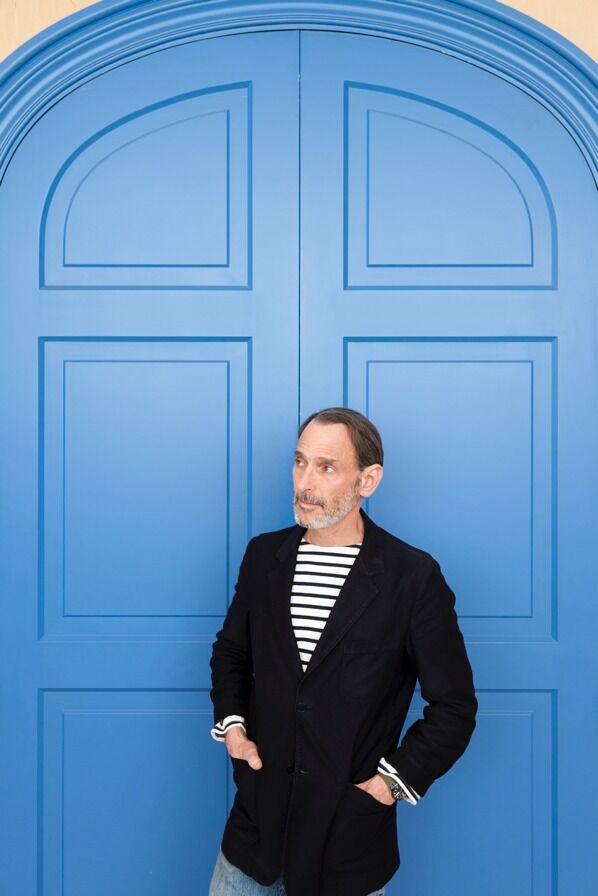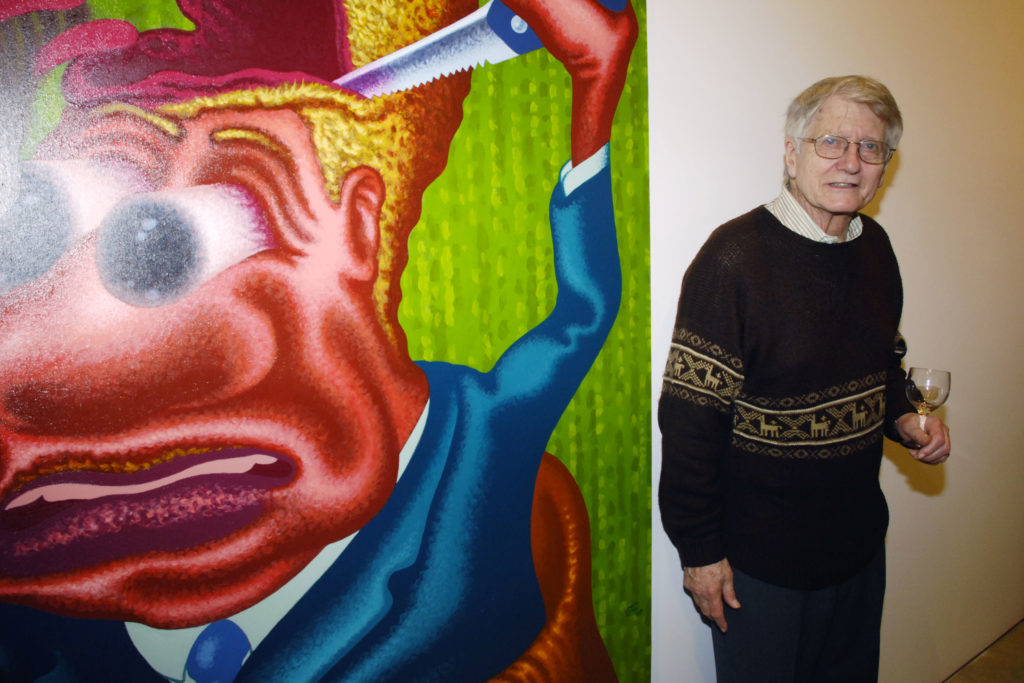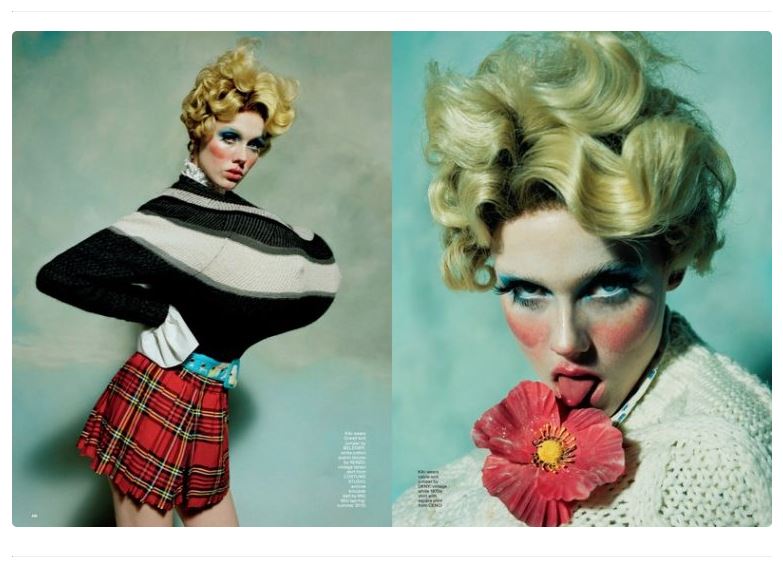http://artdaily.com/?date=11/26/2016#video
https://www.youtube.com/watch?v=Bd-QQHRQa4Y
Art World
A Young Artist’s Brief Guide to Art World Ambition
Do all great contemporary artists share these motivations?

At a party I recently attended—after a New York gallery opening—I met a successful young painter, represented by a prominent Chelsea gallery, who shared an interesting insight into the characteristics that make artists successful.
Every artist has different ambitions, he told me. He then split artists’ motivations into four broad categories: financial success, the desire to socialize, the compulsion to create, and the freedom that the artist’s lifestyle affords. The most successful artists, he argued, are motivated by all four aspirations.
Financial success
It’s rare and surprising to hear artists openly admit that money is a motivating factor behind becoming an artist; primarily because for the vast majority of artists, it isn’t a lucrative career.
According to artist David Salle money was never a motivation for him. “It was an article of faith in the years when I was starting out that no one would have any money, that survival would be hardscrabble at best,” he recalled in an interview.
Wealth and broader success often go hand in hand, however, and since wealth is an indicator of success, to be successful is often to be wealthy.

Artist David Salle. Photo: Robert Wright, courtesy of Douglas Elliman.
The social interactions
It’s no secret that the art world has always had a very strong social undercurrent. For centuries artists, dealers, collectors, and hangers-on have reveled in being part of the cultural dialogue or participating in the perceived glamour of the art world.
For artists successful or not, one of the perks is socializing with peers, as well as attending swanky post-exhibition dinners and after parties. But it’s not all fun and games. Aside from the hustling and networking required to build a legitimate career, Salle remembered that it was essential to have a close-knit social group to lean on when times get tough, which they inevitably will. “There was, and I’m sure there still is, a community and network of peers and colleagues that sort of supported one another, and that’s what got people through,” the painter said.
The compulsion to create
Most artists are driven by an innate, compulsive desire to create. They get a huge amount of satisfaction from making things. For example Pablo Picassowas famous for his prodigious output, by some estimates the Spanish master created up to 250,000 works in his lifetime. While such productivity is far from ordinary, it illustrates the type of work ethic and dedication that is required to become successful in the ultra-competitive contemporary art world.

Peter Saul. Photo: NICHOLAS RICHER/PatrickMcMullan.com.
The freedom of the artist lifestyle
“I’m doing myself a lot of harm,” octogenarian artist Peter Saul said in an interview about his choice of career. “But the reason I don’t mind is because I’m escaping man’s usual fate, which is to go to an office building or something and, you know, deal with people. I don’t have to deal with anybody. I’ve lived my whole life without having to deal with anybody,” he explained.
The sentiments raised by Saul are a common reason behind choosing a career as an artist. Despite the financial insecurity, uncertainty, and nomadic lifestyle, being an artist is the antithesis of the typical nine to five job. Artists have a great deal of personal freedom to experience the world in which few of us can—allowing artists to channel those experiences into great artworks.
All of the above
Artists who are motivated by financial gain, social interactions, the compulsion to create, and personal freedom have all the right ingredients for success. But there is no tried and tested formula. Motivations only make up a small part of what it truly takes to make it. Other factors such as talent, skill, creativity, timeliness, and a little bit of luck are crucial too.
Follow artnet News on Facebook.
SHARE
The Best Photos of the Day
The Best Photos of the Day
The Best Photos of the Day

















No comments:
Post a Comment